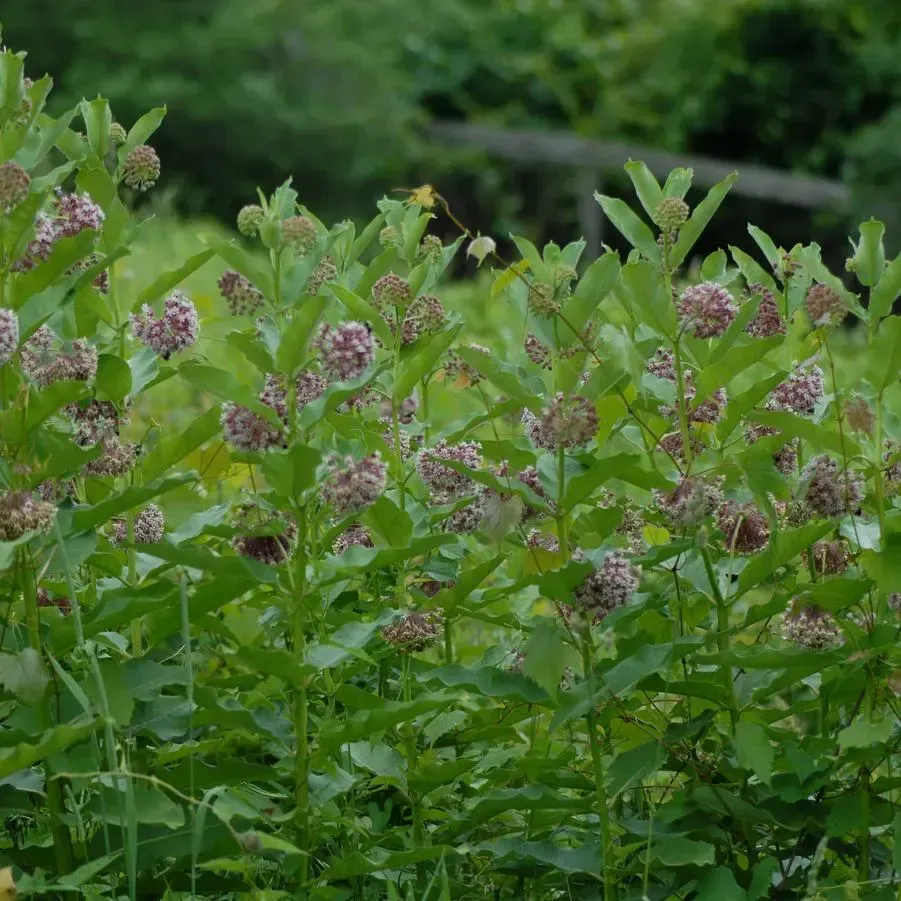
The Power of Native Plants in Your Yarmouth Garden
Homeowners in Yarmouth, Maine, are discovering the lasting value of native plants in their landscapes. With about 49 inches of rainfall each year, water-smart gardening is not only practical but necessary. Yarmouth enjoys a growing season of roughly 155 days, with average temperatures from 25°F in winter to 75°F in summer. These conditions make Yarmouth a great place to design sustainable, low-maintenance gardens that highlight the natural charm of coastal New England.
Native plants work with the local environment instead of against it. Over centuries, these species have adapted to Maine’s soils, precipitation, and seasonal shifts, including snowy winters and mild summers. Once established, they require little extra water, fertilizer, or pesticides, and they provide vital habitat for birds, bees, butterflies, and hummingbirds.
This guide explores ten excellent native plants for Yarmouth gardens and offers advice on how to grow and care for them successfully.
Why Choose Native Plants in Yarmouth, ME?
Supporting Local Ecosystems
Native plants have evolved alongside Maine’s wildlife and climate over thousands of years. Adding them to your garden creates food sources and shelter for:
Pollinators such as bees and butterflies, which sustain the ecosystem.
Songbirds and hummingbirds that depend on native plants for nectar, seeds, and insects. The Black-capped Chickadee, Maine’s state bird, is a great example.
Specialist species like the Ruby-throated Hummingbird, which relies on Cardinal Flower and Wild Columbine for nectar each spring.
Non-native plants often cannot provide the same benefits and may disrupt local habitats if they spread invasively.
Adapted to Local Conditions
Yarmouth’s humid continental climate poses unique challenges, yet native plants thrive because they’re naturally suited to the area. Their strengths include:
Cold hardiness to survive winter lows near 14°F.
Seasonal timing that takes advantage of Maine’s short growing season.
Moisture tolerance for both heavy rainfall and the occasional dry spell.
Storm resilience with deep roots and flexible stems to handle nor’easters and snow.
Selecting the Right Native Plants
Each garden has its own conditions, so matching species to your space is key. Think about:
Soil drainage: Sandy soils drain fast, while clay retains more moisture.
Sunlight exposure: Choose plants for full sun, partial shade, or full shade.
Moisture levels: Identify whether areas are naturally wet or dry.
Seasonal appeal: Plan for flowers, foliage, and winter interest.
Mature size: Be sure plants have space to grow without crowding.
Top 10 Native Plants for Yarmouth, ME

Cardinal Flower (Lobelia cardinalis)
- Striking red tubular blooms mid-summer to early fall.
- Prefers sun to part shade and moist soils.
- Major food source for Ruby-throated Hummingbirds; also attracts butterflies.
- Grows 3–6 ft tall.
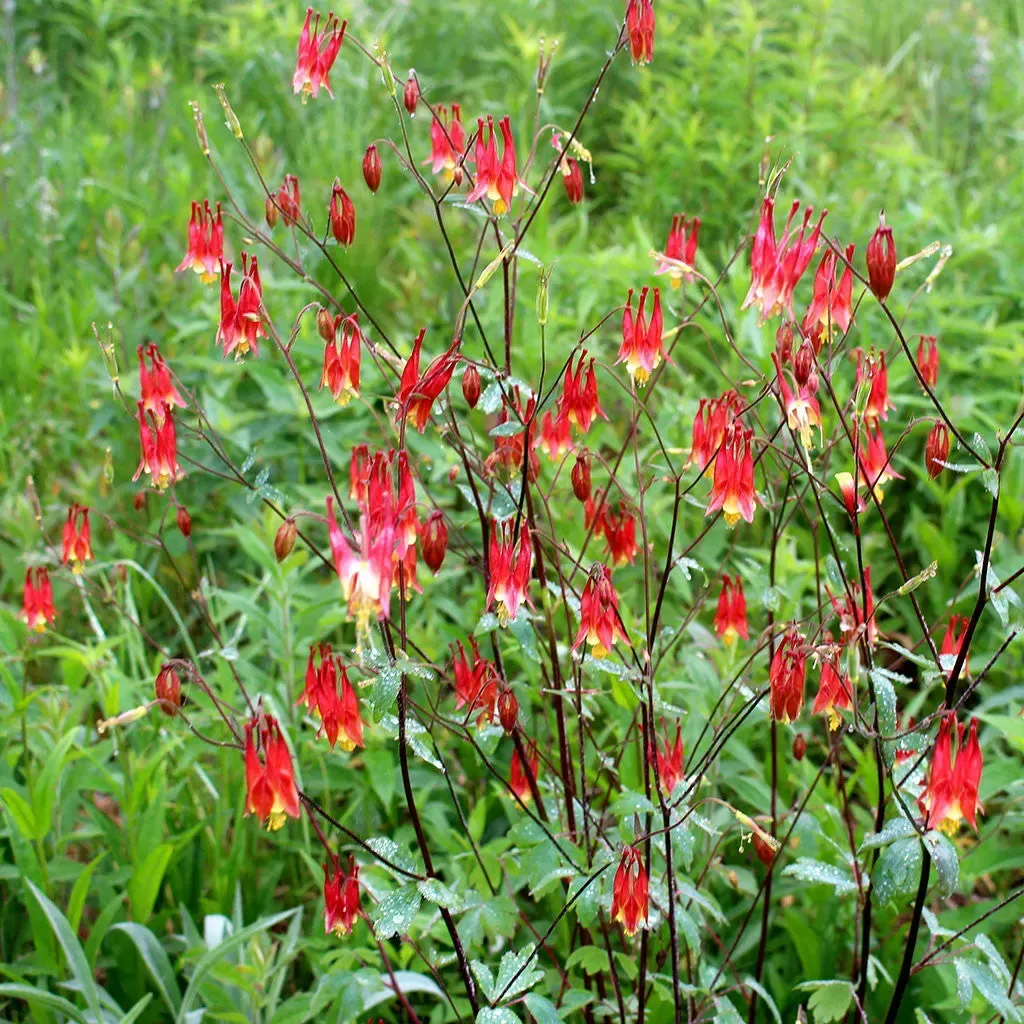
Wild Columbine (Aquilegia canadensis)
- Red and yellow nodding flowers in spring.
- Grows in sun or shade; adapts to many soil types.
- Important early nectar source; attracts bumblebees and moths.
- Grows 1–4 ft tall.
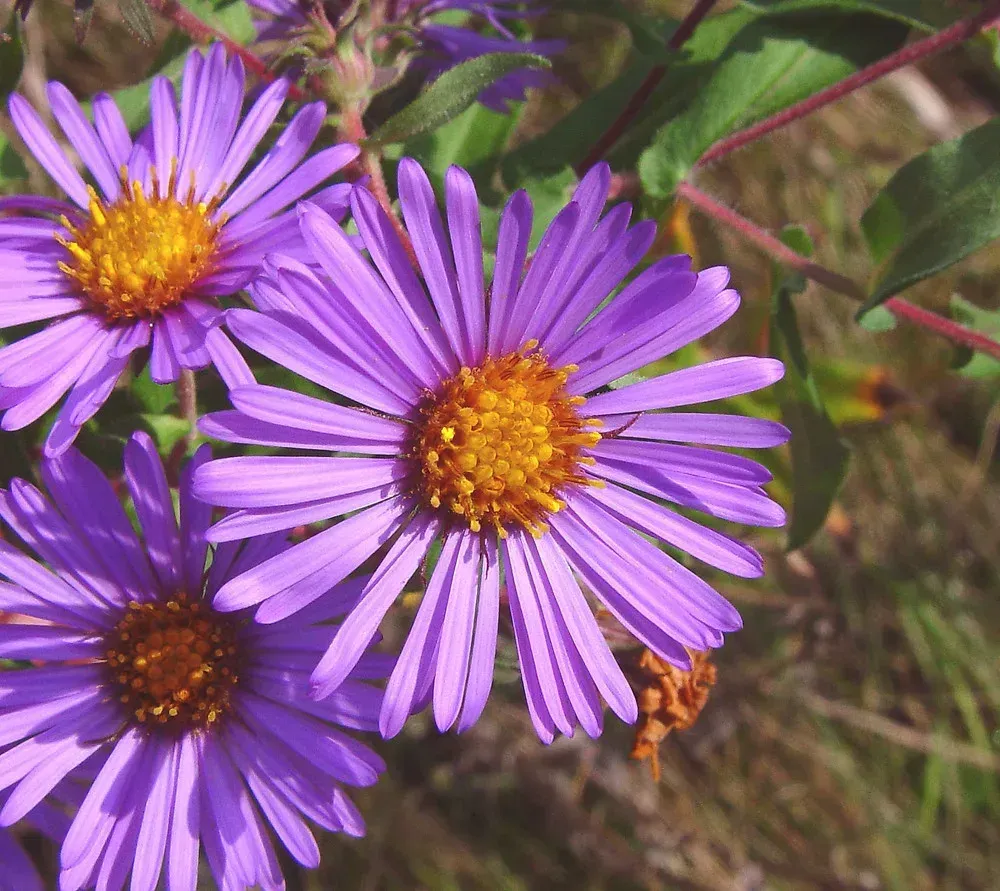
New England Aster (Symphyotrichum novae-angliae)
- Purple, daisy-like flowers in fall.
- Grows best in full sun.
- Provides late nectar for pollinators; seeds feed goldfinches and cardinals.
- Grows 3–6 ft tall.
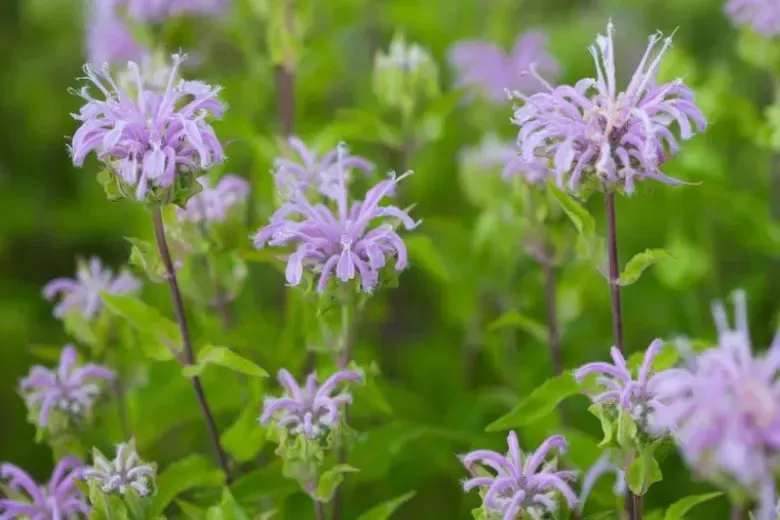
Wild Bergamot (Monarda fistulosa)
- Lavender-pink flower clusters in midsummer.
- Thrives in sun or part shade, well-drained soil.
- Loved by bees, butterflies, and hummingbirds; foliage can be used in tea.
- Grows 2–4 ft tall.
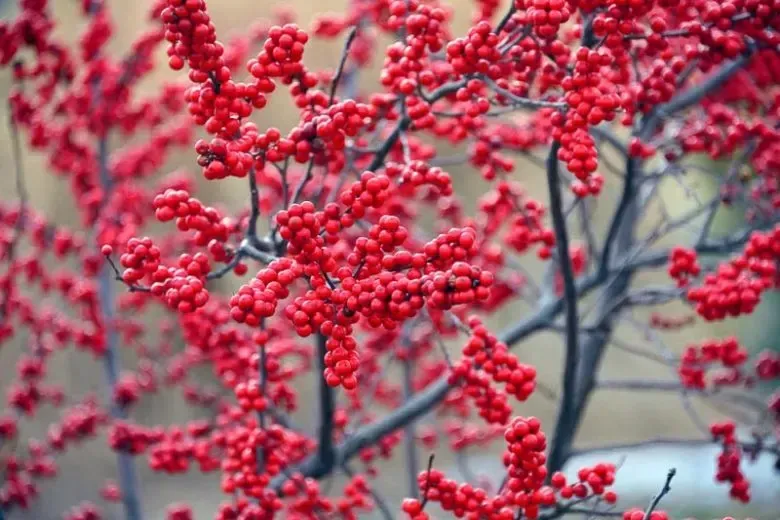
Winterberry (Ilex verticillata)
- Small white flowers in summer; red berries remain through winter.
- Tolerates wetter soils and part shade.
- Excellent food for birds when other sources are gone.
- Grows 6–10 ft tall.
Common Milkweed (Asclepias syriaca)
- Fragrant pink-purple flowers in summer.
- Prefers full sun; adapts to most soils.
- Critical host plant for Monarchs; attracts many pollinators.
- Grows 3–6 ft tall.
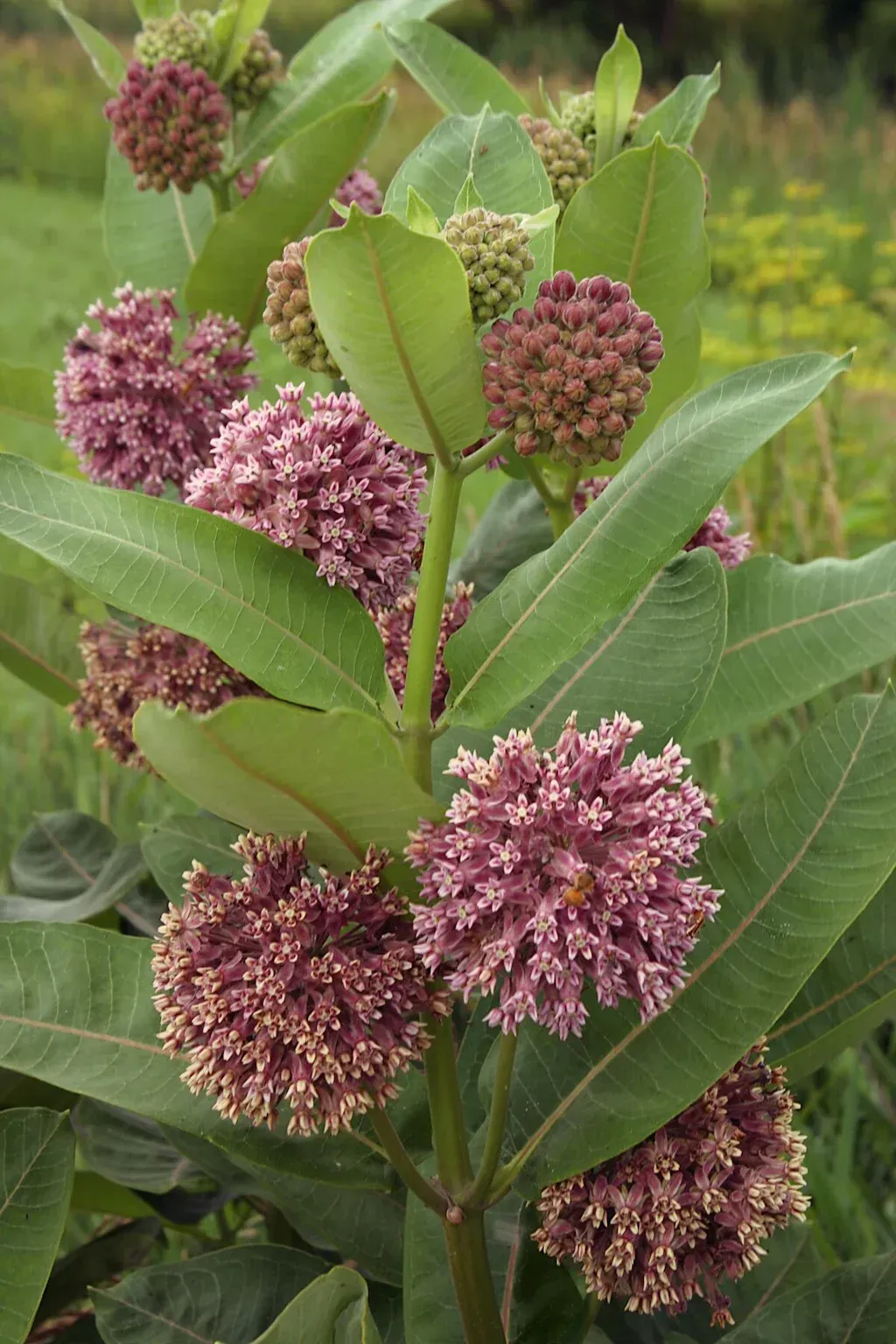
Northern Bayberry (Myrica pensylvanica)
- Blue-gray berries lasting into winter.
- Tolerates salt, drought, and sun or partial shade.
- Provides food for birds and host habitat for moths like Luna Moth.
- Grows 6–10 ft tall.
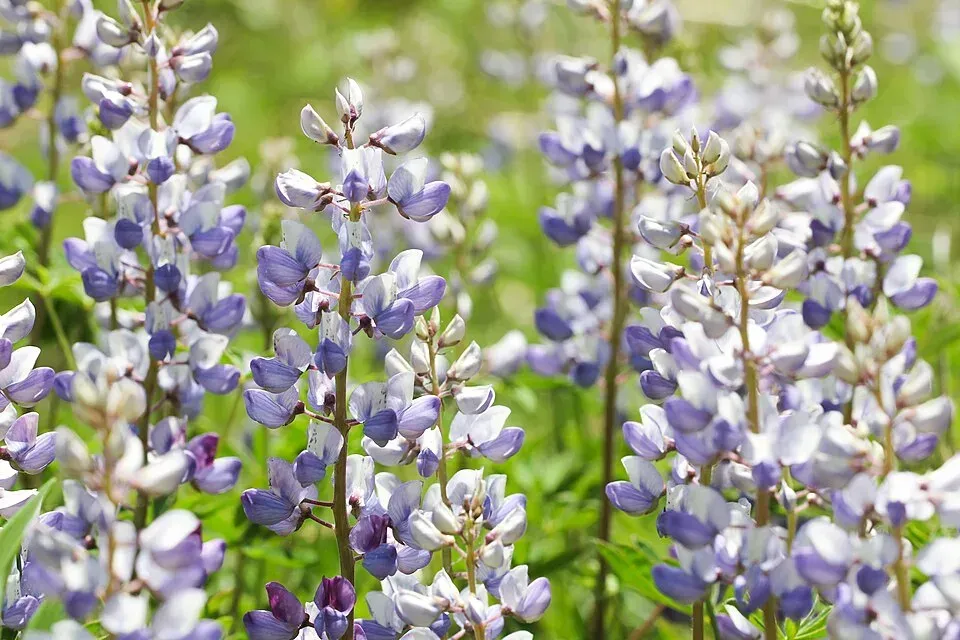
Wild Lupine (Lupinus perennis)
- Blue-purple flower spikes in late spring.
- Thrives in sandy, well-drained soils.
- Host for the endangered Karner Blue butterfly; enriches soil with nitrogen.
- Grows 1–2 ft tall.
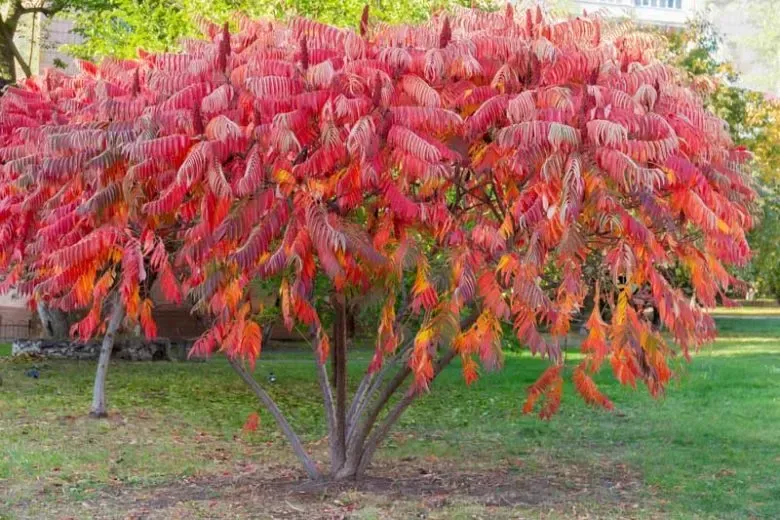
Staghorn Sumac (Rhus typhina)
- Brilliant red-orange fall color; fuzzy red berries in winter.
- Adapts to dry, poor soils.
- Fast-growing; provides food for birds and erosion control.
- Grows 15–25 ft tall.
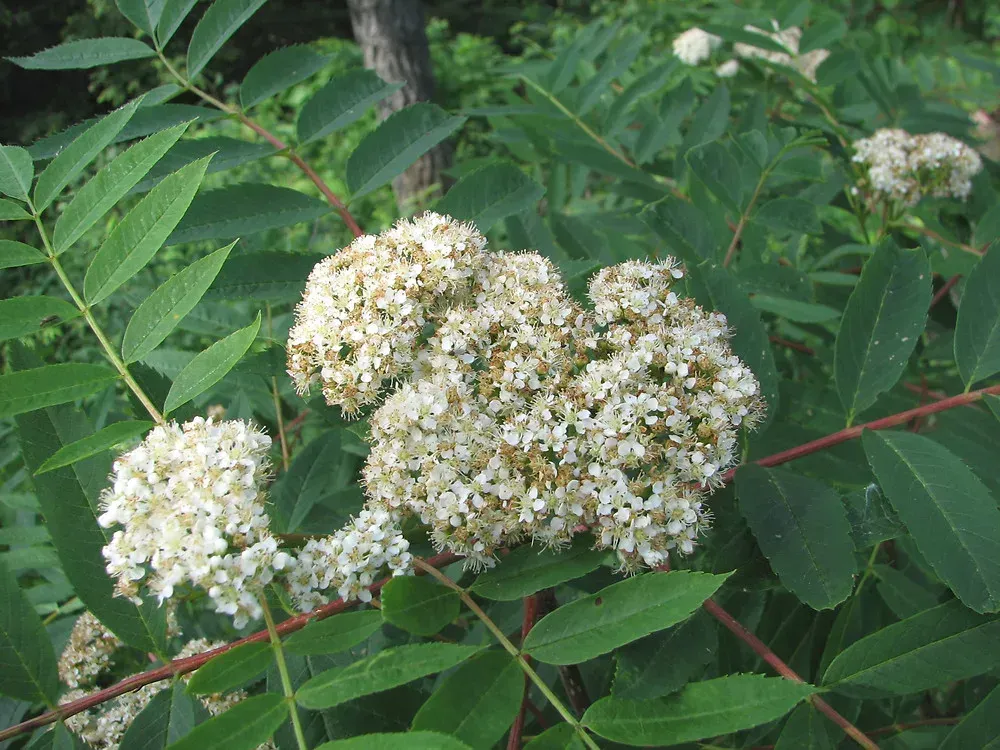
American Mountain Ash (Sorbus americana)
- White spring flowers, orange-red berries in summer.
- Prefers sun; tolerates sandy soils.
- Popular with pollinators and birds; good ornamental tree.
- Grows 15–30 ft tall.
Planting and Care Guidelines
When to Plant
Fall planting in September is ideal for root development before winter dormancy.
Spring planting after the last frost in early May also works.
Care Practices
Keep soil moist during the first growing season.
Once established, natives usually thrive without extra watering.
Apply 2–3 inches of mulch to conserve water and protect roots.
Fertilizer is rarely needed and can even reduce flowering.
Supporting Wildlife
Plant a mix of species for blooms across all seasons.
Avoid pesticides that harm pollinators.
Leave seed heads in place for birds during winter.
Use a mix of trees, shrubs, and perennials to create layered habitats.
Maintenance Tips
Watering: Established natives typically do fine on Yarmouth’s average 49 inches of annual rainfall. In drier periods, occasional deep watering helps.
Seasonal Care: Maine’s short but vibrant growing season provides color from spring through fall, with plants like Sumac and Columbine extending visual appeal.
Winter Interest: Many species provide beauty and food in winter through berries, bark, and seed heads. Leaving them standing helps birds and wildlife.
Creating Your Native Garden in Yarmouth
Building a native garden in Yarmouth brings out the region’s natural beauty while reducing upkeep. By choosing plants that fit your space and conditions, you’ll enjoy year-round appeal with little effort. From the spring flowers of Wild Columbine that welcome hummingbirds to the bright berries of Winterberry that sustain birds in the cold, native plants enrich both your garden and the wider ecosystem.
For plant availability and advice, check local resources such as Estabrook’s in Yarmouth or the Wild Seed Project. With the right choices, your garden will become a thriving sanctuary that celebrates Maine’s unique natural heritage.
